Aragon in northern Spain just keeps pulling me back, especially for its gutsy red wines. Cariñena and Campo de Borja rank among Spain’s oldest, most storied wine regions, and both have a deep love affair with Garnacha (Grenache) grapes. Wandering through these sun-drenched vineyards, I felt wrapped up in a history you can honestly taste in every glass.
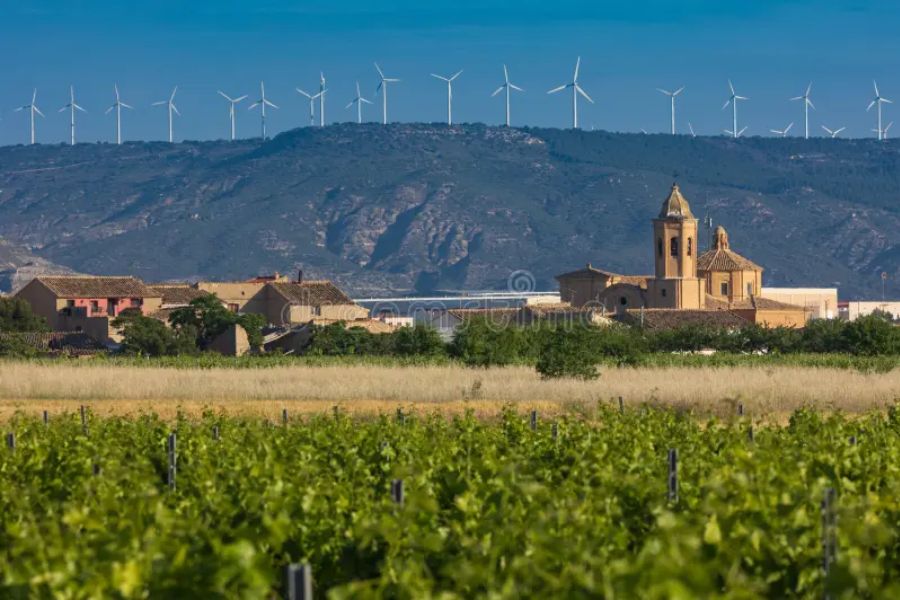
Whether you’re a Garnacha devotee or just dipping your toes into Spanish reds, you really should add these regions to your travel wishlist. The landscape bursts with ancient castles and cute villages, and you’ll find no shortage of friendly winemakers eager to pour you a glass and swap stories. If you’re up for a real taste of Spain’s wine roots, tag along on my journey through Cariñena and Campo de Borja.
Discovering Cariñena & Campo de Borja
Cariñena and Campo de Borja, tucked into northern Spain, stand out for their striking scenery and the sheer length of their winemaking tradition. As I explored, I found bold landscapes, a tapestry of Garnacha stories, and this cool blend of old and new in every sip.
Location & Landscape
Cariñena and Campo de Borja sit in Aragon, way up in northeastern Spain. The region lies between the Ebro River to the north and the mountains to the south. You’ll spot dramatic stone castles and villages perched on the hillsides—every drive or hike feels like a little adventure.
Vineyards sprawl across rolling hills and plateaus, and the soils change from pebbly, limestone-rich patches to clay and sand. The climate? Mostly continental—hot, bone-dry summers and cold, windy winters.
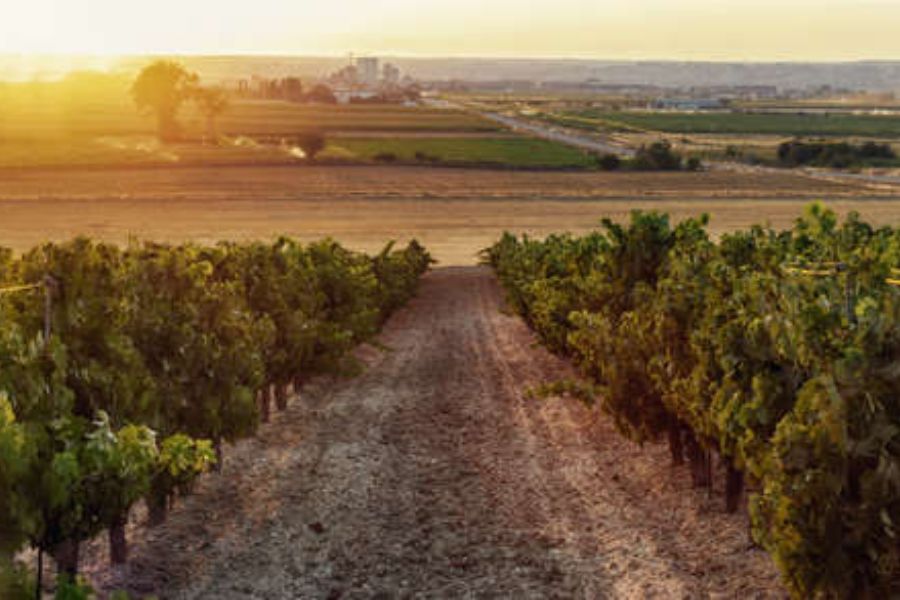
The Cierzo wind is a quirky local feature. It sweeps through the land and keeps the grapes healthy. This wind cools everything down during the hottest months and gives the wines a fresh kick. Every afternoon, I felt it chase away the heat, making vineyard visits way more pleasant.
A Brief History of Garnacha
Garnacha—Grenache if you’re feeling French—has called Aragon home for centuries. In Cariñena, winemaking goes all the way back to Roman times, so it’s one of Spain’s oldest recognized wine regions. Cariñena earned its official DO (Denomination of Origin) status in 1932.
Campo de Borja proudly calls itself the “Empire of Garnacha” because practically every vine here is Garnacha. Old vine plots are everywhere, sometimes 50, even 80 years old. Tasting wine from these gnarled old vines, I found a depth and softness that just hooked me in.
But Garnacha’s story here isn’t just some dusty legend—it’s alive and kicking. Families pass down their know-how, and many vineyards are still family-run. I met growers who pointed out vines their grandparents planted, and their pride made total sense.
How Tradition Shapes Modern Winemaking
Tradition here isn’t just for show; it shapes every season. Many wineries stick with the old ways—hand-picking grapes, fermenting in ancient cement tanks. These choices keep the flavors honest and show respect for the land.
But not everyone clings to the past. Some winemakers use modern tools—gentle presses, temperature controls, better barrels—to make fresher, more consistent wines. I found the mix of old-school and new-school approaches genuinely exciting.
Community matters, too. Wineries often join forces in cooperatives, so small growers can survive and thrive. Touring these places, I saw firsthand how honoring history while embracing smart tweaks creates truly memorable Garnacha—wines that feel grounded but not stuck.
Garnacha: The Bold Red Identity
Drinking Garnacha in Aragon felt like catching up with an old friend who still manages to surprise you. These reds blend the wild soils, deep history, and unpredictable weather of Cariñena and Campo de Borja, and no two glasses tasted quite the same.
Distinctive Flavors & Styles
Garnacha from Cariñena and Campo de Borja packs a punch—deep color, ripe fruit flavors. Almost every glass I tried had notes of bright cherry, plum, and blackberry. Some surprised me with a whiff of flowers or wild herbs, like the countryside itself found its way into the bottle.
The wines usually feel juicy and smooth, with easy-going tannins. Cariñena’s Garnacha tends to be intense and powerful. Campo de Borja’s version felt lighter, fresher, with more red fruit and a little spice.
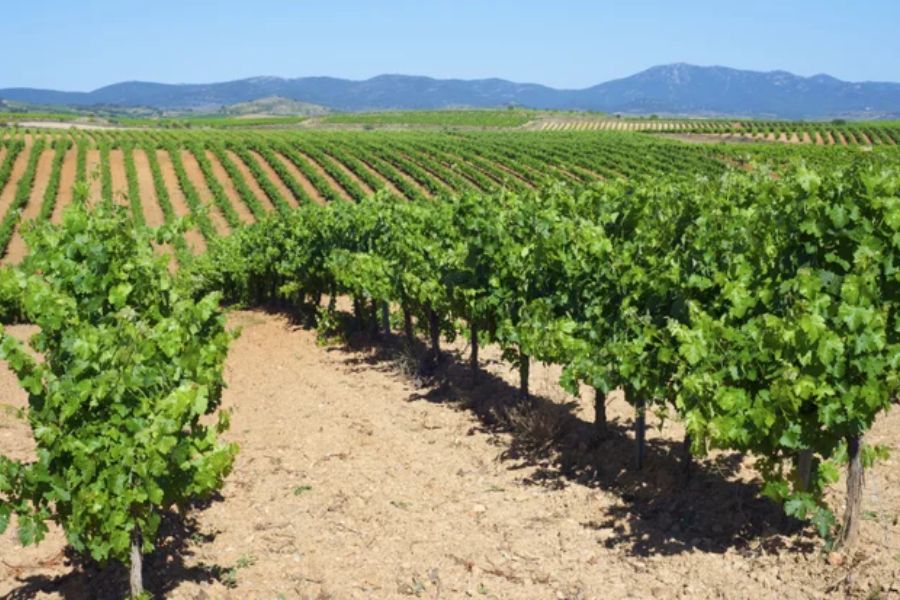
Tasting them side by side, I finally got why Campo de Borja calls itself the “Empire of Garnacha”—it’s almost a one-grape region. Even the sun and that brisk Cierzo wind shape how every sip lands on your tongue.
Iconic Vineyards and Terroirs
Garnacha’s magic really comes from the land. In Cariñena, vineyards stretch across gentle slopes and plains. Some old vines here have survived more than 50 years, yielding smaller, more concentrated grapes. The stony, dry soils force the roots to dig deep.
Campo de Borja sits closer to the mountains, so the vineyards climb higher. This gives the grapes a slower, cooler ripening, even in the scorching Spanish summer. The altitude and mix of limestone and clay soils bring extra freshness and complexity to the wines.
Walking through these old vineyards, I felt like I was stepping into the past. I saw twisted old vines and even ancient stone terraces built generations ago. Each spot brings out a different side of Garnacha.
Sustainable & Old Vine Winemaking
Sustainability isn’t just a buzzword here—it’s tradition. Many families in Cariñena and Campo de Borja still farm by hand, using earth-friendly methods. Some even go organic or biodynamic, hoping to protect the land for years to come.
Old vine Garnacha is a real point of pride. These ancient vines, sometimes marked with hand-painted signs, don’t give many grapes, but the wines they produce are unforgettable—rich, deeply colored, and packed with character.
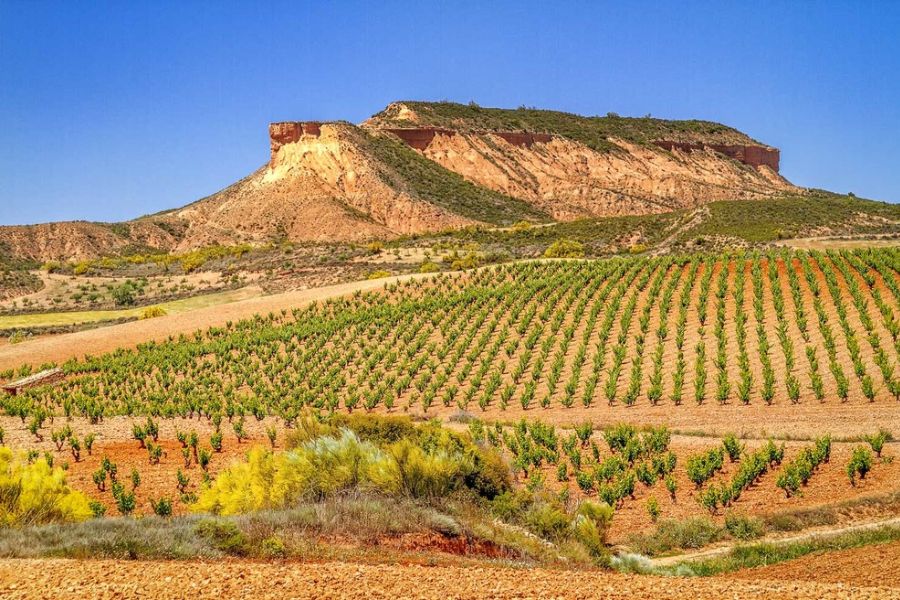
Wineries often age Garnacha in a mix of old barrels and concrete tanks to let the grape’s personality shine through. Local winemakers talked about caring for their vines and their family’s legacy, making every bottle feel like a piece of their story.
Must-Visit Wineries and Hidden Bodegas
Cariñena and Campo de Borja are packed with both big-name estates and cozy family bodegas. Each stop has its own vibe, from grand cellars to tiny, welcoming tasting rooms tucked among the vines.
Award-Winning Estates in Cariñena
Bodega Tierra De Cubas really caught my attention. Just a short drive from Cariñena’s center, their cellars mix modern winemaking gadgets with old stone caves. I tried their Garnacha and picked up layers of cherry, spice, and earth.
Locals and fellow travelers kept mentioning Grandes Vinos. Their tour winds through huge barrel rooms and even lets you watch bottling in action. They poured a flight of robust reds, all medal-winners, with flavors that matched the wild landscape outside.
If you’re curious about innovation, check out Bodegas San Alejandro. They blend tradition with new grape techniques, and their tours include tastings on a terrace with sweeping vineyard views. It’s a great spot to sip award-winning Garnacha and just take it all in.
Notable Wineries Table:
| Winery | Specialty | Must-Try Wine |
|---|---|---|
| Tierra De Cubas | Modern & Classic | Garnacha Reserva |
| Grandes Vinos | Robust Reds | Old Vine Garnacha |
| Bodegas San Alejandro | Innovation | Garnacha Viñas Viejas |
Family-Owned Gems in Campo de Borja
In Campo de Borja, I found smaller family bodegas with a truly welcoming spirit. Many of these folks have cared for their vines for generations, and you can taste that sense of place in every bottle.
Bodegas Román became a favorite. The owner’s family welcomed me with homemade tapas and poured deep red Garnachas aged in their own cellar. The whole experience felt personal, with stories about the harvest and regional secrets shared between sips.
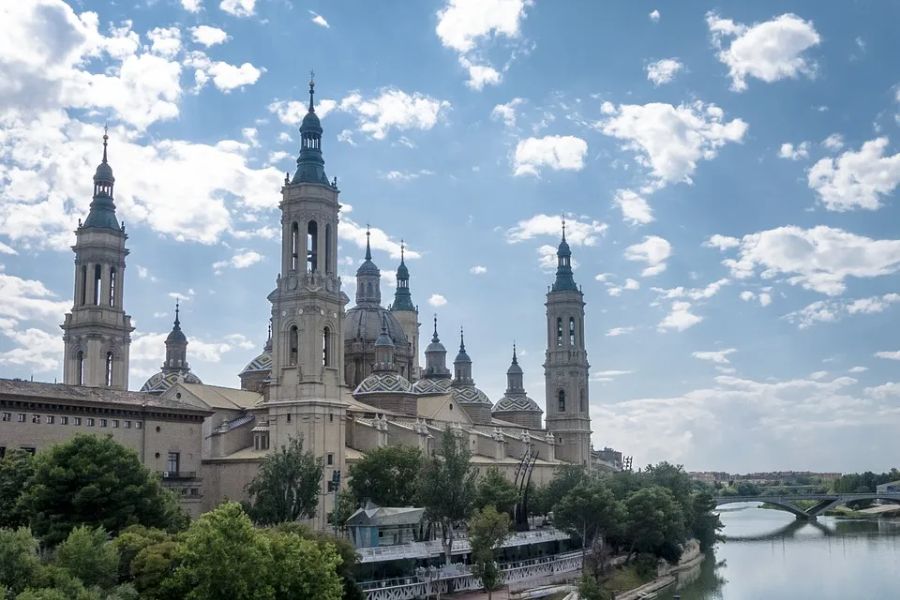
Nearby, Bodega Pirineos offered a cool balance of tradition and creativity. Their tasting lineup included field-blended Garnacha from different altitudes, resulting in a fresh, floral red I still think about. These smaller spots let you slow down, ask questions, and learn straight from the source.
Tips for Visiting Family Wineries:
- Call or email ahead to set up your visit
- Buy a bottle as a thank-you—it’s just good manners
- Try the ‘vinos de autor’ (author’s wines) for something special
Exclusive Tastings & Tours
Some bodegas in Aragon roll out the red carpet for guests with exclusive, behind-the-scenes tastings. At Bodegas Osca, I joined a private tour that led straight into the barrel rooms, wrapping up with a food and wine pairing hosted by their in-house sommelier.
More estates now offer guided walks through the vineyards. Bodegas Aragonesas let me taste Garnacha grapes right off the vine before sampling the finished wines. The tour moved at a relaxed pace, with small groups and plenty of time for questions.
Several wineries pair their wines with local snacks—anchovy-stuffed olives, sheep’s cheese, you name it. These pairings brought out all sorts of unexpected flavors in the Garnacha. If you’re eyeing a premium tasting or visiting during harvest, book ahead—spots fill up fast.
Sample Tour Options:
- Vertical tastings of different vintages
- Wine and food pairings with local tapas
- Seasonal events like grape harvest festivals
Epic Wine Adventures Across Aragon
Wine tasting in Aragon takes you down ancient vineyard paths, along winding routes, and right into the heart of lively local events. Whether you’re sipping Garnacha under a castle’s shadow or joining a festival, every experience brings you closer to the region’s wine-loving soul.
My Personal Tasting Journeys
One of my top stops was Cariñena, where the hills overflow with old Garnacha vines. I hit up several family-run bodegas, each with their own spin on the region’s bold reds. Staff explained the differences between grapes like Garnacha and Carignan, and I got to compare their deep flavors side by side.
At one tasting, I tried a ruby-red wine bursting with blackberry and a hint of smoke. Pairing it with local snacks—olives, cured meats—made the flavors pop even more. Every winery greeted guests with genuine warmth, sharing stories about their grape-growing traditions.
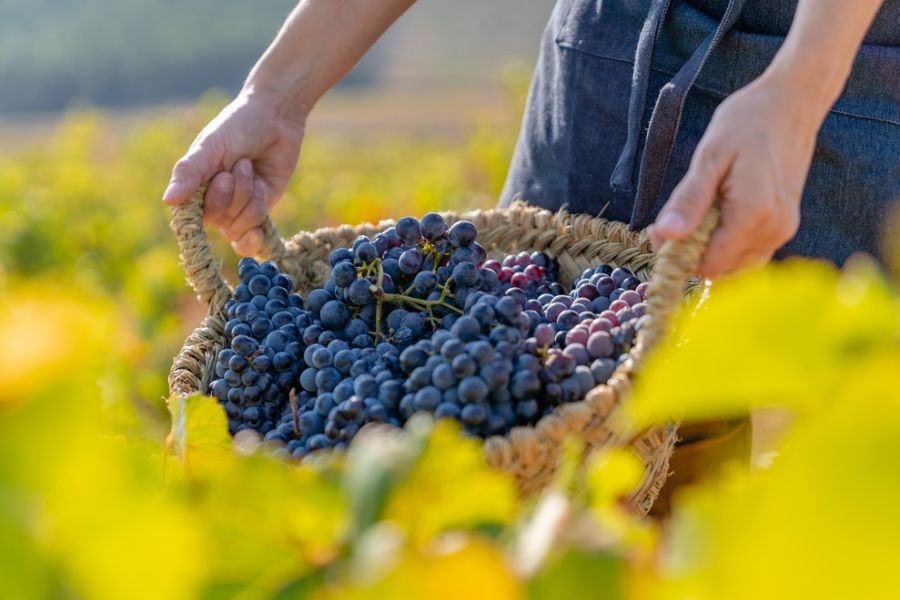
The winding roads between villages turned each visit into a mini adventure. Even the lesser-known wineries brimmed with pride in their heritage. Many offered guided cellar walks, where cool stone walls held decades of stories.
Wine Routes and Self-Guided Tours
Driving the Campo de Borja wine route, I followed easy-to-spot signs linking villages known for Garnacha. The route’s a breeze by car, and you can grab maps at most tourism offices.
Some wineries run scheduled tours, while others welcome walk-ins—though I’d call ahead, especially on weekends. A few stops combine wine with views of medieval castles or Roman ruins. I grabbed fresh bread and cheese at roadside markets for a picnic in the vineyards.
If you’re up for it, rent a bike to explore the fields. The gentle slopes between towns like Borja and Magallón let me take in the scenery at my own pace. Sunset tastings come highly recommended—I found them especially magical.
Seasonal Wine Festivals and Celebrations
Spring and autumn bring a wave of wine festivals across Aragon. I joined the annual harvest celebration in Cariñena, where winemakers paraded through cobbled streets and poured new vintages for everyone. Local musicians played folk tunes, and stalls sold grilled meats and regional sweets.
Campo de Borja throws its own Garnacha-focused events. I sampled limited-edition wines that only appear during the festival. These gatherings offer more than tastings—think grape-stomping contests, evening dances, and cooking demos with local ingredients.
Families and solo travelers alike seem to find plenty to enjoy during festival time. Schedules shift each year, so I always check local tourism sites before visiting. Joining these events made me feel like part of a tight-knit, wine-loving community.
Local Flavors, Food Pairings & Travel Tips
From crave-worthy Aragonese specialties to cozy village stays and practical tasting advice, here are the essentials I picked up while exploring Garnacha country.
Essential Regional Dishes
The first thing I tried was ternasco asado—that’s roast lamb, super tender and full of flavor. They keep the seasoning simple, which really lets the quality of the local meat come through.
You’ll usually get it with crispy potatoes on the side. Hard to go wrong with that.
Then there’s migas. I had to order it. It’s a fried breadcrumb dish, tossed with garlic and chorizo, and sometimes, weirdly enough, grapes. Each village seems to do it their own way.
Borrajás (borage greens) pop up on a lot of menus, too. They cook the greens gently and sometimes throw a fried egg on top.

For dessert, I stumbled on trenza de Almudevar, which is a sweet braided pastry packed with nuts and dried fruit. If you’re into hearty, unfussy food that stands up to big red wines, this region won’t let you down.
Perfect Pairings with Garnacha Wines
Garnacha from Cariñena and Campo de Borja really bursts with cherry and spice. These wines just fit with the local food—it’s kind of like they were made for each other.
I found that roast meats, especially lamb, really bring out the juicy fruit flavors in the wine. That’s a combo I’d go back to.
When I wanted something lighter, I’d go for grilled vegetables like red peppers or eggplant. They balance out Garnacha’s spice.
Cured meats and local cheeses (think Queso de Tronchón) slice right through the richness and clean your palate. It’s a little addictive, honestly.
Here’s my quick cheat sheet for matching food and wine:
| Dish | Garnacha Style | Why it Works |
|---|---|---|
| Roast Lamb | Young/Reserva | Matches bold flavors |
| Migas | Joven (Young) | Balances savory notes |
| Grilled Vegetables | Rosé Garnacha | Refreshes the palate |
| Aged Cheese | Old Vines Garnacha | Powers through intensity |
Where to Stay: Charming Villages & Retreats
I ended up staying in a few small villages, and honestly, it made me feel like I belonged there.
Cariñena is the main hub. You’ll find boutique hotels and family-run guesthouses right among the vineyards.
Borja felt even smaller and more traditional. The rural inns served homemade breakfasts that I still think about.
If you want something a bit special, some wineries and old estates now rent out guest rooms. Waking up to rolling hills and endless grapevines? That’s not something I’ll forget anytime soon.
A lot of these places offer bike rentals or guided tours. That made it easy—and actually pretty fun—to hop from one winery to the next.
Travel Tips for Wine Lovers Exploring Aragon
Honestly, I found renting a car made everything way easier. Public transport in Aragon isn’t exactly reliable, and having my own wheels let me wander out to those tucked-away cellars and tiny villages.
I always made sure to book tastings in advance. A lot of these wineries are family-run and won’t just let you walk in unannounced.
I packed layers, which turned out to be a lifesaver. The plains heat up during the day but can get pretty chilly at night, especially if you’re there in spring or fall.

Festival times threw me off a bit with unpredictable opening hours. It helps to check local calendars. Also, most shops and restaurants shut down for “siesta” in the afternoon. That surprised me at first, but honestly, it became a nice little break.
If you’re after something more immersive, try a wine tour. Local guides know all the best stories and can show you spots you’d probably never stumble upon alone.

